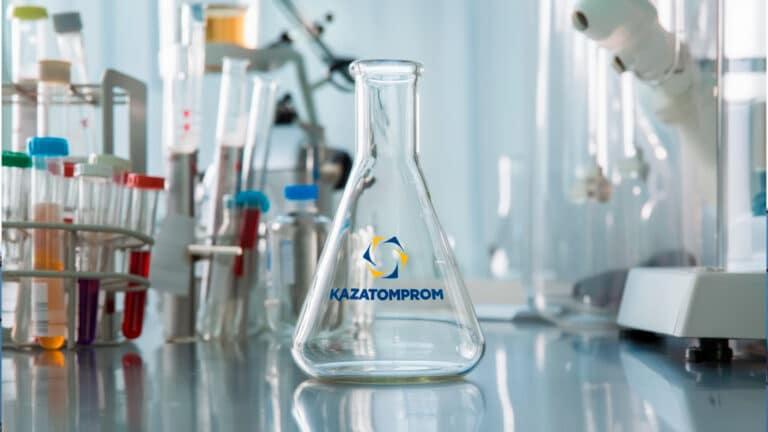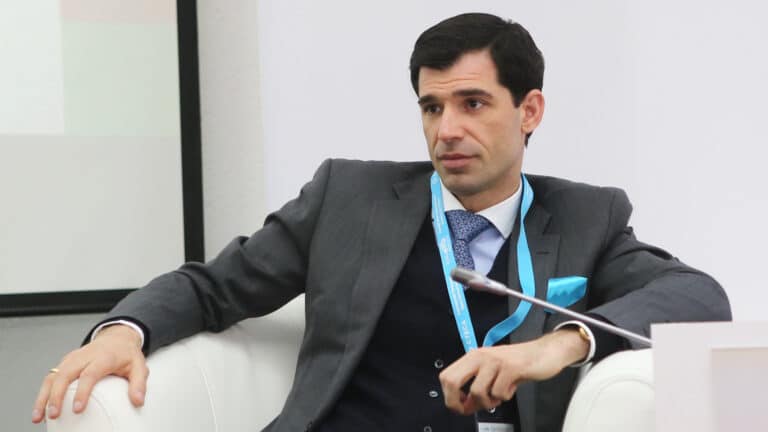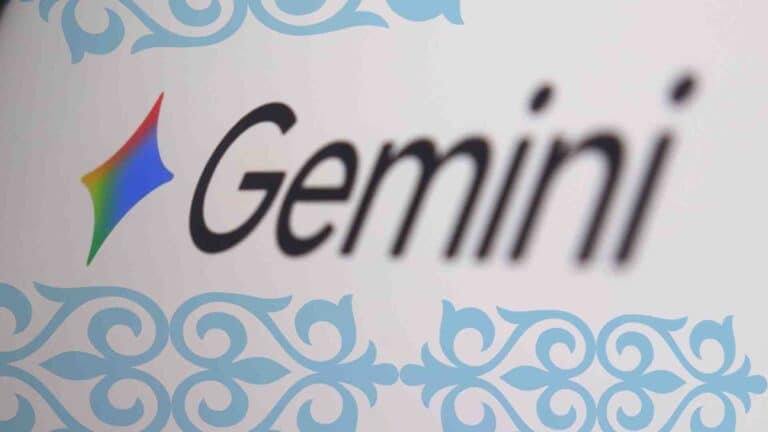
Kazakhstan’s bank loan portfolios are expanding much faster than deposits. New minimum reserve requirements taking effect in September are designed to cool this growth.
Kursiv Research reviewed the latest statistics (as of Aug. 1, 2025) to assess banks’ preparedness for the new rules and identify which are most and least vulnerable.
How will tighter MRR affect banks?
The National Bank of Kazakhstan raised minimum reserve requirements (MRR) starting in September 2025, making it a major market issue. The new rules will freeze part of commercial banks’ funds, inevitably affecting their liquidity and profitability.
When the regulator increases MRR, it essentially forces banks to lock away more money in correspondent accounts without compensation. That reduces the amount available to issue new loans. To offset lost revenue, financial institutions often raise interest rates on loans to end borrowers.
In short, a higher MRR directly pressures both liquidity (cash on hand) and profitability. Banks with low cash reserves, heavy reliance on non-deposit funding and weak profits will feel the most strain.
Sector averages as of Aug. 1, 2025, were used as benchmarks: highly liquid assets (HLA-1) at 17.5% (total highly liquid assets at 35.4%), loan-to-deposit (LD) ratio at 81.4% and net interest margin (NIM) at 7.01%.
Note: These estimates are based on Kursiv Research’s own calculations using consolidated accounting records. For example, the National Bank’s bulletin on account balances of second-tier banks presents asset and liability data without distinguishing by maturity or placement source, which likely overstates the true volume of HLA-1. Our analysis does not imply poor financial health at any bank. According to the regulator, all institutions comply with prudential standards. Instead, this review gauges banks’ sensitivity to a specific regulatory change.
Which banks are most exposed?
Five banks stand out as the most vulnerable to the new MRR rules. They carry high loan-to-deposit ratios and low volumes of highly liquid assets, raising liquidity risks. Within this group, Home Credit, Nurbank and Islamic ADCB are especially noteworthy.
- Home Credit (HLA-1: 0.21; LD: 1.43; NIM: 16.2%) posts the highest interest margin in the sector, giving it a safety cushion. But its loan portfolio significantly exceeds its deposit base, pointing to an aggressive policy and heavy reliance on outside funding.
- Nurbank (HLA-1: 0.06; LD: 0.80; NIM: 6.0%) is vulnerable due to a mix of low liquidity and weak profitability, despite an average loan-to-deposit ratio.
- Islamic ADCB (HLA-1: 0.21; LD: 1.11; NIM: 5.3%) faces pressure from both low margins and high dependence on non-deposit funding.
Otbasy Bank and BNK, according to formal criteria, appear less prepared than peers for a sharp tightening of MRR. Otbasy’s lower interest margin and higher loan-to-deposit ratio (HLA-1: 0.14; LD: 1.25; NIM: 4.0%) specifically result from its social mission — providing affordable housing loans, a focus supported by government funding and resources from development institutions.
The weakest indicators belong to South Korea’s BNK (HLA-1: 0.01; LD: 55.00), which only recently, at the end of June, converted from a microfinance organization into a full bank. This transition highlights the significant gap between loans and deposits, as the newly restructured bank has not yet attracted a substantial base of depositor funds.
Which banks are less sensitive to tighter MRR?
Kursiv Research classified the group of banks with «moderate vulnerability» as those whose strengths and weaknesses offset one another.
This group comprises most of Kazakhstan’s top 10 banks by assets, including Halyk Bank, Kaspi Bank, Bank CenterCredit, Forte Bank, Eurasian Bank, Freedom Bank and RBK, as well as two smaller players: Altyn Bank and KZI.
Overall, the positions of banks in this category are more balanced. Examining the three largest market leaders further illustrates their relative strengths and weaknesses.
- Halyk Bank (HLA-1: 0.11; LD: 0.85; NIM: 7.4%) has liquidity below the sector average, making it less liquid than most competitors. However, compared to its peers, its higher profitability and stable loan-to-deposit ratio give it greater resilience against higher costs and allow for a smoother adaptation to new rules.
- Kaspi Bank (HLA-1: 0.08; LD: 0.88; NIM: 8.0%) shares a similar overall profile to Halyk. While somewhat more exposed to rising MRR than Halyk due to its lower highly liquid assets, Kaspi’s stronger net interest margin provides a bigger cushion to absorb higher costs and maintain profitability, even if funding strategies change.
- Bank CenterCredit (HLA-1: 0.22; LD: 0.73; NIM: 6.5%) is more robust in terms of liquidity and funding structure compared to many of its peers, making it less vulnerable to MRR-driven withdrawals. However, compared to Halyk and Kaspi, its lower net interest margin leaves it more exposed to margin compression if funding costs rise and cannot be passed to clients.













